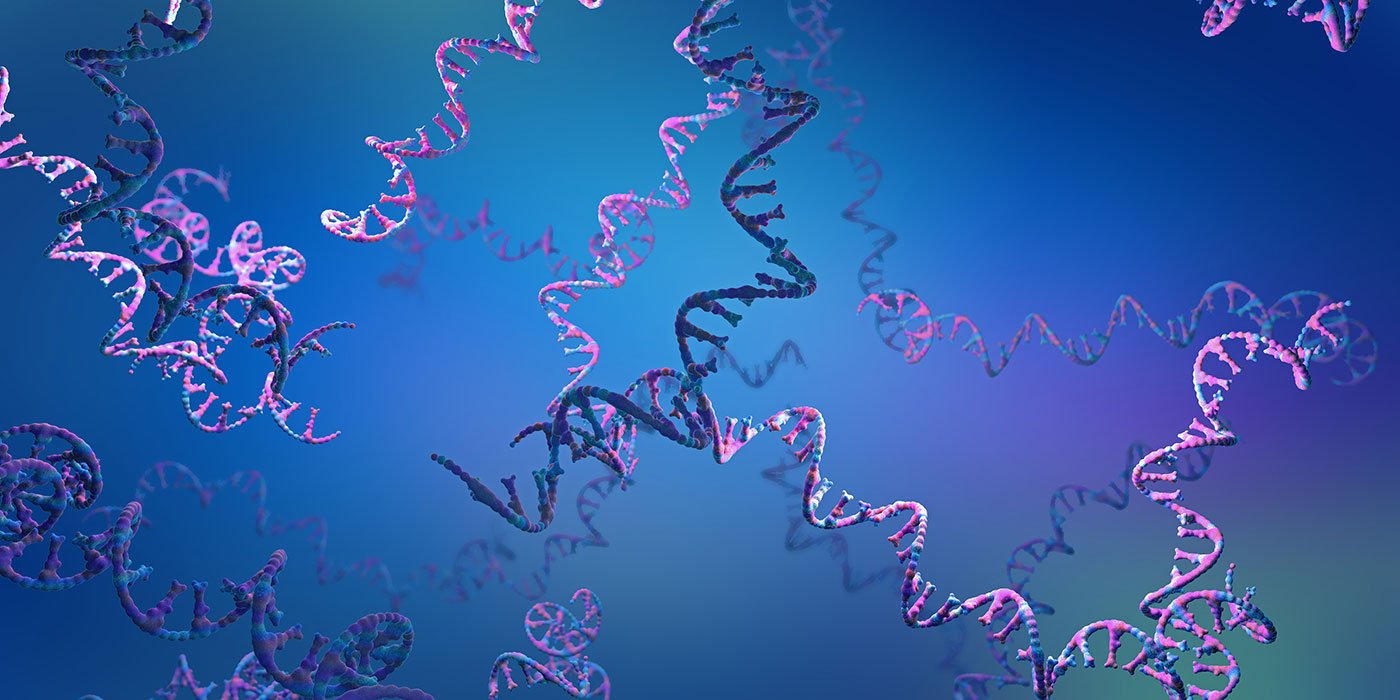In the pursuit of faster and more reliable recombinant protein production, transient transfection has emerged as a cornerstone of early biopharmaceutical development. Compared to stable transfection, which is time-consuming and resource-heavy, transient methods provide a rapid path to protein yields essential for preclinical evaluation. However, the majority of existing transient platforms are based on CHO-S cells, a subspecies genetically distinct from the CHO-K1 lines predominantly used for stable expression. This genetic gap raises concerns about glycosylation variability—an essential factor in the quality of therapeutic proteins.
To address this crucial mismatch, a team of scientists at the Shanghai Qilu Pharmaceutical R&D Center in China developed a new CHO-K1-based transient transfection system called QLNS-CHO. Engineered to bridge the quality gap between transient and stable production, this platform incorporates a transposon-containing plasmid (NS01) to enhance gene expression. The plasmid features an inverted terminal repeat sequence, which boosts expression efficiency via transposase mediation and promotes long-term cell viability.
Critical role for polyethyleneimine
Key to the system’s cost-efficiency and ease of use is polyethyleneimine, a widely accepted cationic polymer employed as the transfection reagent. Parameters such as viable cell density, DNA concentration, and culture conditions were finely tuned to yield optimal expression, achieving protein titers as high as 1.5 g/L for certain bispecific antibodies.
Crucially, the QLNS-CHO system maintains host cell line consistency from transient to stable stages. In a comparative study across ExpiCHO, QLNS-CHO, and stable CHO-K1 lines, similar monomeric proportions were observed—an essential critical quality attribute in antibody therapeutics. Further analysis of monoclonal and BsAb3 antibodies over extended culture times confirmed high-quality retention, with minimal variation in fragmentation and aggregation.
This harmonized approach enhances glycosylation predictability, a decisive factor in advancing lead candidates through clinical pipelines. The QLNS-CHO system not only reduces development risk and resource consumption but also sets a new benchmark for transient expression platforms tailored to CHO-K1 cells.
As drug developers face mounting pressure to accelerate discovery timelines without sacrificing quality, QLNS-CHO offers a compelling solution—blending speed, precision, and consistency in one streamlined expression platform.
The post Novel CHO-K1-Based Transient System Mirrors Stable Cell-Line Quality appeared first on GEN – Genetic Engineering and Biotechnology News.



